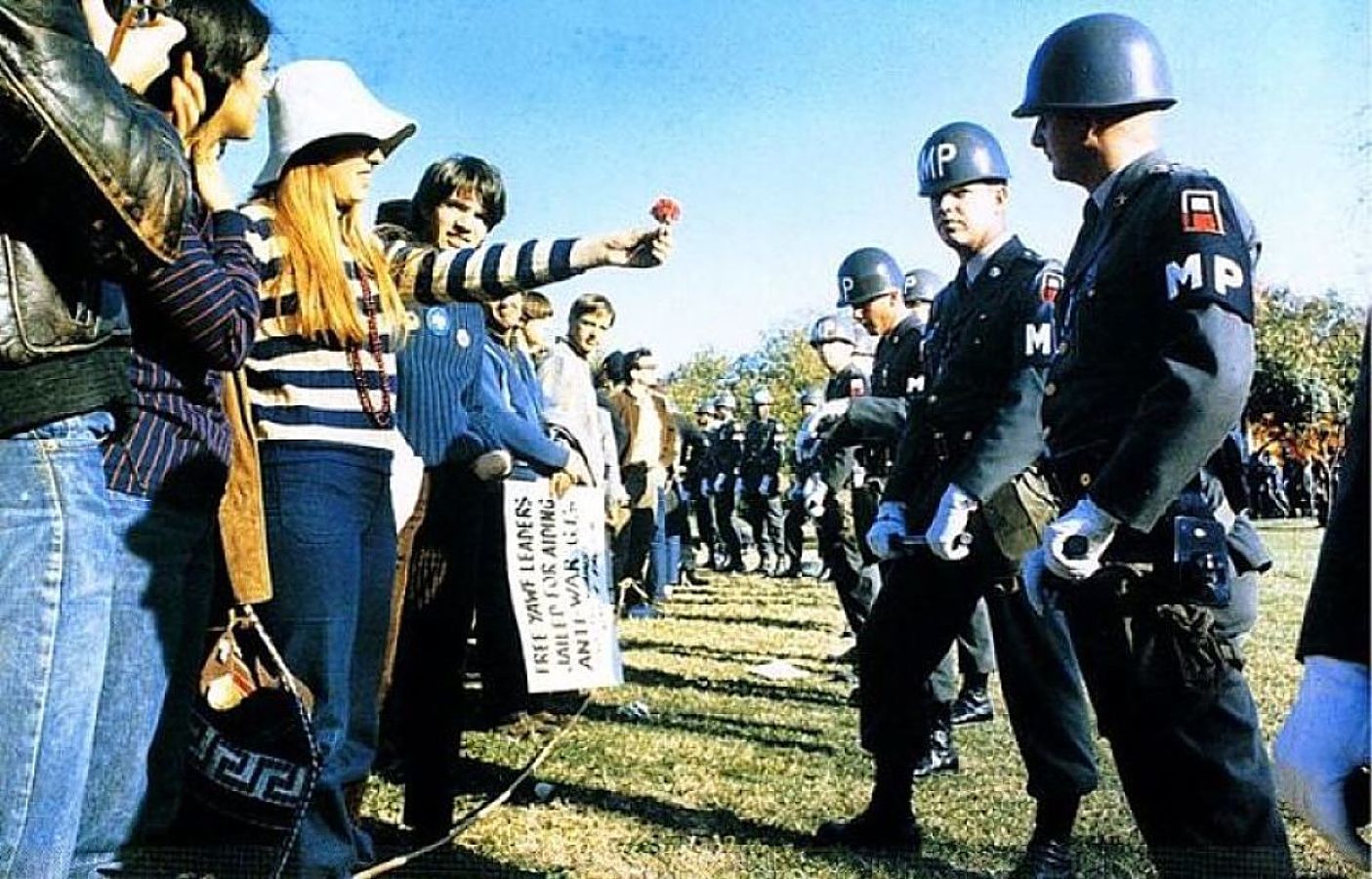Crisis in Six Scenes is the latest addition to Amazon Prime’s growing arsenal of original content that, with the recent arrival of Transparent and Woody Allen directing and writing, is designed to win awards and lift the streaming service’s profile.
The concept behind the show is not terribly original and reeks of an overused format comedy that America, and alas the world, are all too familiar with.
A middle class couple, Sidney, played by Allen, and Kay, are thrust into a slapstick-esque scenario reminiscent of Allen’s old comedy writing, as their new house guest, a young rebellious ‘60s teenager eager for revolution and marijuana, turns their quaint life upside down.
The simple formula easily extracts some laughs and sniggers but they are not executed with the comedic flair that made Allen so successful. Instead the show desperately claws at them. No poise or panache, just lazy comedy worsened by its execution.
Miley Cyrus plays the role of the rebellious teen, Lennie, and even though Cyrus herself is a valuable commodity for any marketing team to wield, she does not add much to the show. In fact Cyrus, due mostly to the ineffective writing, seems very uncomfortable, straining to craft a believable character from the clichéd script, which is made awkward from the get-go in the first scene of Episode One.
This scene is surprising within the context of the show as it seems very self-aware and self-deprecating. Allen’s character, Sidney, discusses with his barber how he is trying to write a comedy show for television which the barber correctly guesses will be about stereotypical family values and have a cynical father figure at the lead.
Allen, however, in an interview publicly denounced the show even before release saying he, “regretted every second since I said OK”, and, “Roy Price (the head of Amazon Studios) will regret this”. Allen’s unhappiness with the project was apparent, not just in his quotes but in the poor quality of the writing and his performance.
What happened to turn Allen so much against his own creation is hard to explain. One theory suggests profits drove it and splitting a film into a serial TV show looked potentially more profitable. The disjointed feel of the show would suggest this, as well as the fact that if all the episodes were put together it would be a 110 minute film, maybe not as profitable but certainly preferable.
The art of turning a film into TV is tricky and increasingly common. Recently Fargo and Hannibal have been highly successful in this move, justified as good content was retained despite the increased length, and the studio had increased profits. Such transitions can work, Buffy the Vampire Slayer and MARVEL’s Agents of S.H.I.E.L.D for example, but must be done only when the material lends itself as such.
Great care was paid by writers, directors, cast members, and most importantly, studio executives when creating these shows so that quality was retained and the project did not turn into a Frankenstein’s monster of sorts. Crisis in Six Scenes does not do this, instead running rogue and, given Allen’s strong rhetoric from early on against it, coming across as unfinished and distinctly unloved.
So, with Lemony Snicket’s A Series of Unfortunate Events coming soon to Netflix with a set of 13 books and an earlier film imagining with Jim Carrey as the lead to draw from, it seems Amazon Prime has failed in this latest exercise to beat Netflix. Allen should have stuck to film writing, harking back to his success in the 70s, but it seems in this industry it is money that dictates and creativity falters, taking its place as a secondary priority.
Image: Department of Defense @ Wiki Commons

